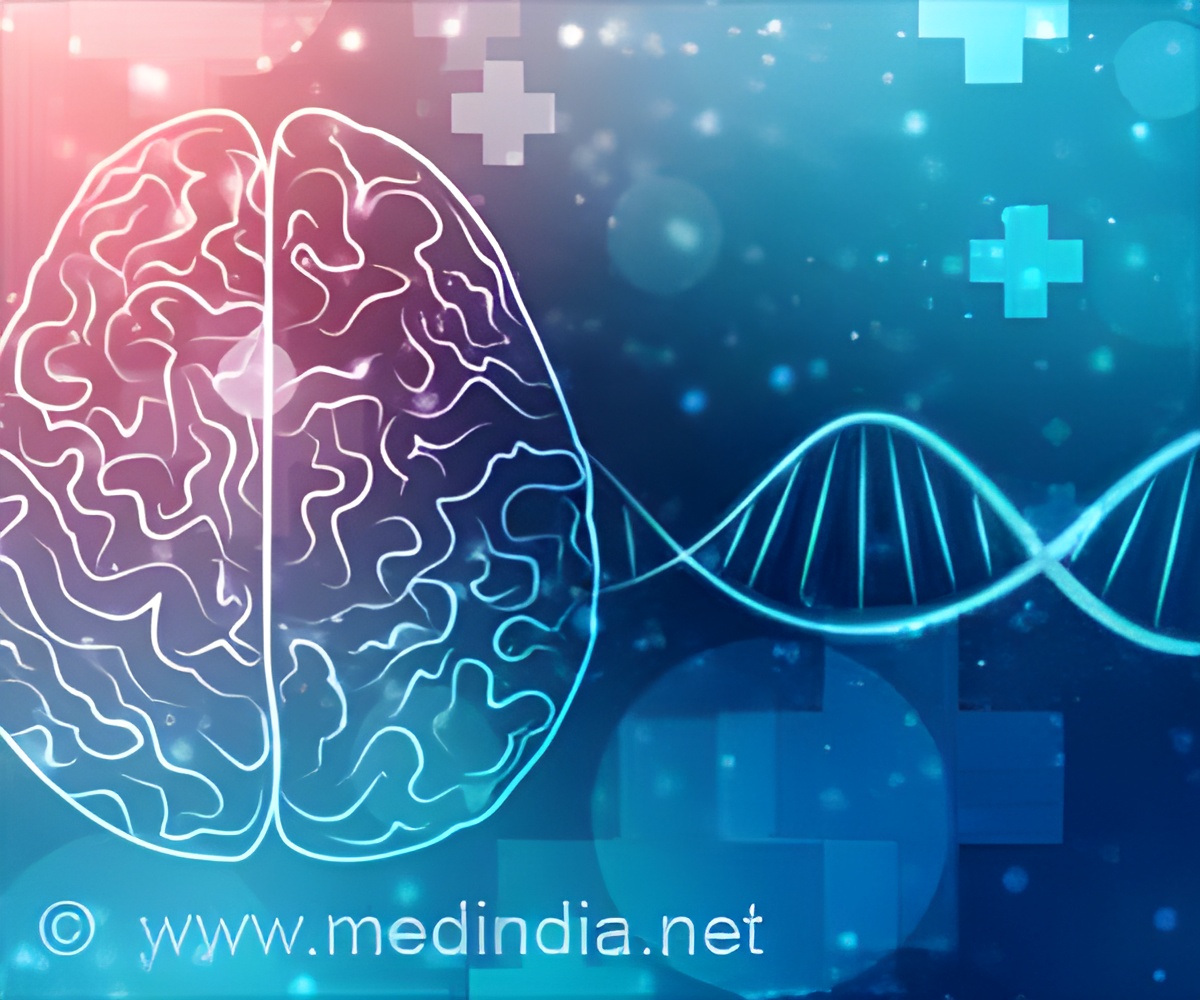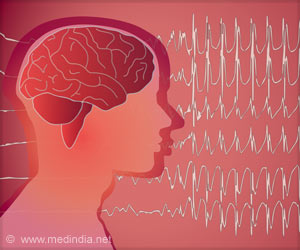Genes in the brains of people with opioid use disorder (OUD) are expressed differently and are found to be associated with neuroinflammatory changes.

‘Genes in the brains of people with opioid use disorder (OUD) are expressed differently and are associated with neuroinflammatory changes apart from changes in neural response and plasticity in the brain when compared to healthy people.
’





“These changes may explain not only the addictive properties of opioids but what ultimately causes harm to the brain and the person suffering from opioid use disorder. These gaps in our understanding of opioids’ actions in the brain limit our ability to develop more effective therapies. To address this, we employed new methods to identify novel molecular players directly in the brains of people who struggled with opioid use disorder,” says Dr. Ryan Logan, Ph.D., an Associate Professor at Boston University’s School of Medicine, Boston, MA, USA and senior author of the study. Gene Pattern and Opioid Use
The study team analyzed the autopsy brain tissue from 20 subjects with OUD and chronic opioid use and 20 without a history of opioid use. Using RNA sequencing (RNAseq), they were able to identify different patterns of gene expression.
RNAseq of two of the brain areas strongly associated with addiction pathophysiology – the dorsolateral prefrontal cortex and the nucleus accumbens, showed that affected genes were divided into 2 groups where one group encoded for proinflammatory immune molecules and other were involved in remodeling of the extracellular matrix in people with OUD.
This suggests that connections between neurons may have been altered by opioid use along with higher levels of the microglia (brain’s resident immune cells) in OUD brains.
Advertisements
The study thereby highlights that opioid dependency is associated with neuroinflammatory changes apart from changes in markers of neural response and plasticity in the brain.
Advertisements















